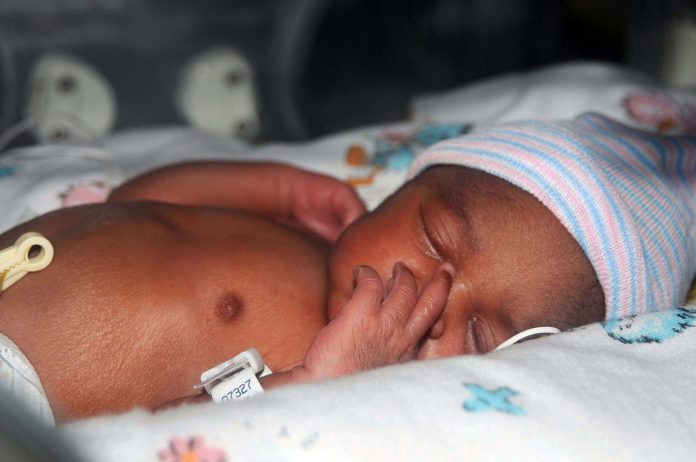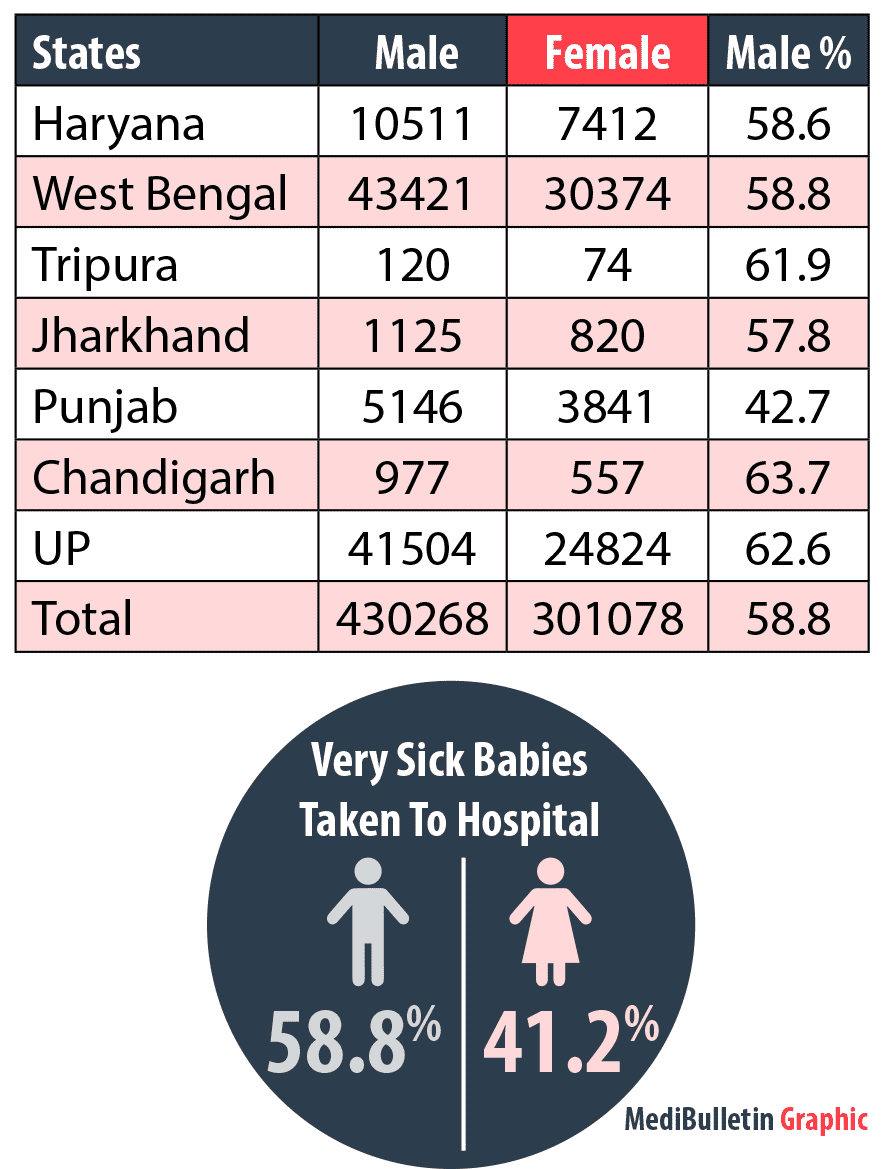
Data from 700 sick new born care units (SNCU) across the country show a 60-40 gender skew in favour of boys
Three years after prime minister Narendra Modi gave the Beti Bachao Beti Padhao (BBBP) clarion call, India is not taking its very sick new born girls to the hospital.

A chilling aspect of the data from sick new born care units (SNCU), is a consistent 60%-40% breakup of boys and girls. This is skewed even after accounting for the 919 girls per 1000 boys national sex ratio at birth. The trend was alarming enough for the health ministry to flag the issue with states but that did not change anything, say health ministry officials. BBBP was launched by Modi in January 2015 – it was recently expanded to all districts of the country on the occasion of International Day for Women.
At 640,000 newborn child deaths in 2016, India has the largest number of babies dying in the world, according to a recent UNICEF report. The neonatal mortality rate in India currently stands at 39 per 1000 live births. Neonatal mortality is defined as death within the first four weeks of life
SNCUs are fully equipped paediatric ICUs meant for newborns upto the age of 28 days (neonates). There are 700 SNCUs in the country. In 2015-16 58.6% babies admitted were boys, in 2016-17 and 2017-18, 58.8% were boys. The rates ranged from a high of 63.4% boys in SNCUs in Daman and Diu in 2017-18 to 41.1% girls in SNCUs in Haryana the same year but the overall picture is the same across the country with very minor variations.
The SNCU numbers are in line with the findings in this year’s Economic Survey that 21 million girls in India are unwanted — girls whose parents wanted a boy but had a girl instead. It was calculated from the The number sex ratio of the last child (SRLC) which is heavily male-skewed. This means that parents keep having children until they get sons.
The idea is based on papers published in 2017 by development economist Seema Jayachandran of Northwestern University. While the ‘son meta preference’ does not lead to sex-selective abortion, Jayachandran’s paper points out, it is “detrimental to female children because it may lead to fewer resources devoted to them”.
At 640,000 newborn child deaths in 2016, India has the largest number of babies dying in the world, according to a recent UNICEF report. The neonatal mortality rate in India currently stands at 39 per 1000 live births. Neonatal mortality is defined as death within the first four weeks of life.













